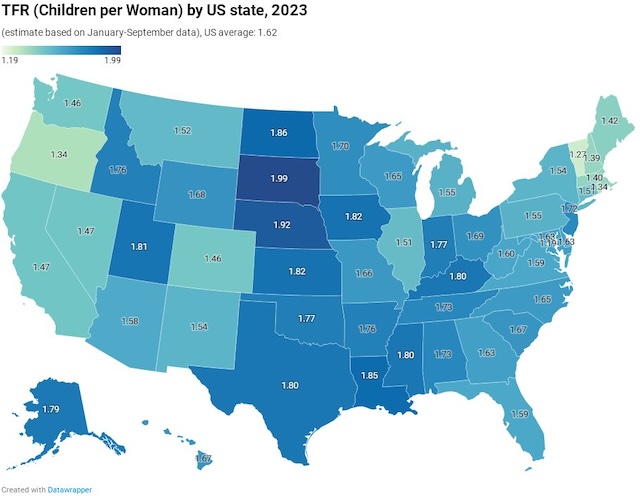Nearly three months ago, I suggested that trying to get people to live in high-density housing projects was a good way to “kill a country” by reducing fertility rates. Not everyone was persuaded; one comment stated that there is “Not a shred of evidence other than his bald assertion that people in Korea have no room for kids.”
South Korea has the lowest fertility rate in the world at a mere 0.7 births per woman. But ?? is not alone. Several regions have fertility well below 1.
A look at places with ultra-low birthrates, how they got there, and some lessons for all of us.
Important ?, please share! pic.twitter.com/p7oZhOGR0H— More Births (@MoreBirths) February 25, 2024
A Twitter user calling itself “More Births” has reached the same conclusion as the Antiplanner. After noting that South Korea, Taiwan, Singapore, and Thailand all have very low fertility rates, More Births asked what these regions have in common. The number 1 factor listed: ultra-dense housing policies. Continue reading





 VTA closed its light-rail system for more than three months and part of the system will be closed for even longer.
VTA closed its light-rail system for more than three months and part of the system will be closed for even longer. 





